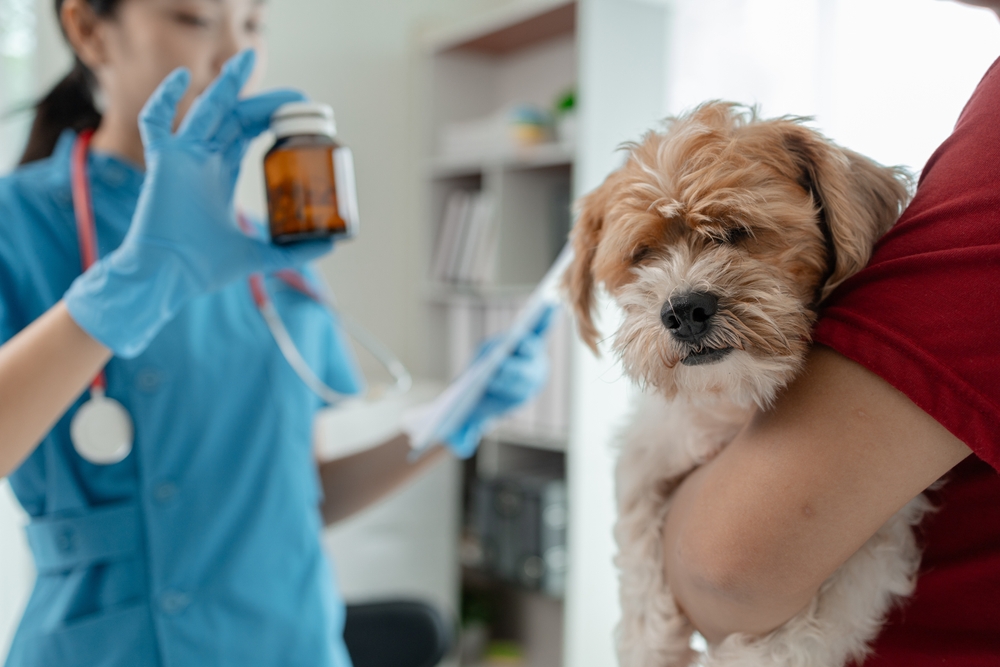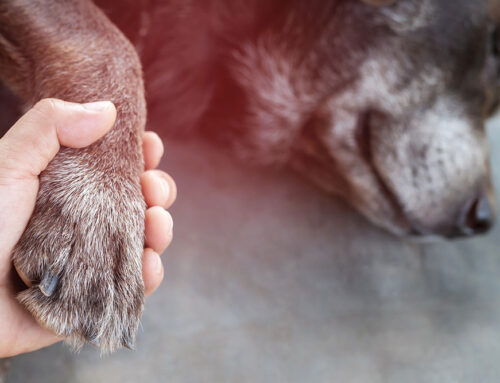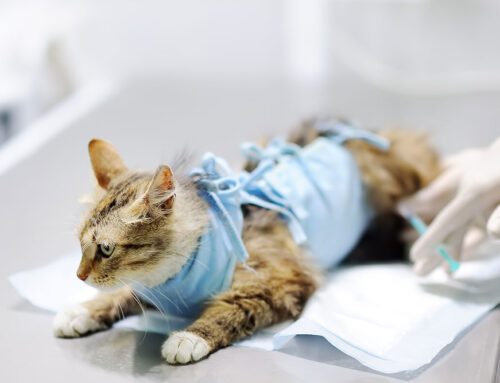If you’ve ever watched your dog or cat suddenly start limping—or noticed them gradually favoring one leg—you’re not alone. Limping is one of the most common reasons pet owners reach out to us at Creature Comforts Veterinary Service. And while sometimes it’s minor, other times it can signal something more serious.
We know it’s stressful to see your pet in pain or unable to move the way they usually do. That’s why we want to walk you through what limping might mean, when you should worry, and how we diagnose and treat the root cause.
Why Is My Pet Limping?
Limping (or lameness) is often a pet’s way of telling us something hurts. It might be a temporary strain or something more significant like a torn ligament or chronic arthritis. Some pets will continue walking on a sore leg. Others may refuse to put any weight on it at all. That’s why getting to the root of the problem is so important.
Sudden Limping: What Could Be Going On?
When limping appears out of nowhere, it’s often related to an acute injury or irritation. Some common culprits include:
- Injuries from play or roughhousing: Twists, sprains, or pulled muscles
- Cracked or torn nails: These are painful and easy to miss at a glance
Learn more about nail injuries
- Foreign objects in the paw: Like foxtails or thorns
Why foxtails are more dangerous than you think
- Bite wounds or punctures: These may lead to deeper infections weeks after the original injury.
More on bite wounds from the AKC
- Ligament or muscle tears: Especially common in active dogs
Muscle tears explained
- Fractures or dislocations: Require urgent care
Understanding broken bones in dogs
Gradual Limping: Is Something Wearing Down?
If your pet’s limp has developed slowly over weeks or months, it may be a sign of an underlying orthopedic or degenerative condition. These include:
- Arthritis or degenerative joint disease (DJD): Especially common in senior pets
Read more about feline arthritis
- Hip dysplasia: Often affects large breed dogs
Navigating hip dysplasia and surgical options
- Patellar luxation: A kneecap that slips out of place
Cornell’s guide to patellar luxation - ACL (CCL) tear: Cruciate ligament tears are more common in active, large dogs
- Degenerative conditions: Nerve and spinal issues that impact coordination
Explore the AAHA Mobility Matters guide
When Is Limping an Emergency?
Not all limps need immediate treatment—but some absolutely do.
Call us right away if your pet:
- Refuses to bear weight on a leg
- Is yelping, whining, or showing signs of severe pain
- Has visible swelling, bleeding, or deformity
- Just had a fall, accident, or traumatic injury
- Has an open wound or a suspected fracture
For urgent cases, don’t wait. Contact Creature Comforts Veterinary Service immediately or go to your nearest emergency clinic.
How We Diagnose the Cause of Limping
Getting the right diagnosis is the first step toward helping your pet heal. We start with a gentle but thorough physical examination, checking for pain, swelling, abnormal joint movement, and range of motion.
Depending on what we find, we may recommend:
Imaging Tests
- X-rays: To look for broken bones, joint issues, or arthritis
- Ultrasound: For soft tissue injuries like muscle tears or ligament damage
- CT or MRI scans: For complex orthopedic or neurological conditions
Lab Testing
- Bloodwork: Helps us rule out infections or systemic illnesses
- Joint fluid analysis: To detect inflammation, infection, or immune-mediated diseases
How We Treat Limping in Pets
Treatment depends entirely on the cause—but we always tailor our plan to your pet’s needs, comfort level, and lifestyle.
For Minor Injuries or Strains
- Rest and activity restriction
- Cold compresses to reduce swelling
- Wound care and monitoring for signs of infection
For Chronic Pain or Joint Disease
- Anti-inflammatory medications and pain relievers
- Joint supplements like glucosamine and omega-3s
- Physical therapy or laser therapy
- Weight management and mobility-friendly diet plans
When Surgery Is Needed
In some cases, surgery may offer the best chance for recovery:
- ACL (cruciate ligament) repair
- Hip replacement
- Corrective surgery for patellar luxation or bone fractures
We’ll walk you through every option, explain recovery expectations, and create a care plan that fits your pet’s comfort—and your peace of mind.
Can Limping Be Prevented?
Sometimes, yes—especially when it comes to chronic strain or joint issues. Here are a few things you can do at home:
- Keep your pet at a healthy weight to reduce joint stress
- Use traction mats or pet stairs to reduce jumping and slippage
- Stick to low-impact exercise routines like walks or swimming
- Trim nails regularly and check paws after outdoor play
- Ask your vet about joint supplements for aging or at-risk pets

We’re Here to Help—Every Step of the Way
At Creature Comforts Veterinary Service in Saylorsburg, PA, we treat your pets like our own. If your dog or cat is limping—even a little—it’s worth checking out. Limping is your pet’s way of saying, “Something’s not right.”
We offer:
- Comprehensive orthopedic evaluations
- Advanced imaging and diagnostics
- In-house surgical options and rehabilitation plans
- Honest advice and compassionate care
Your pet’s comfort matters to us. Schedule an appointment today.







Leave A Comment